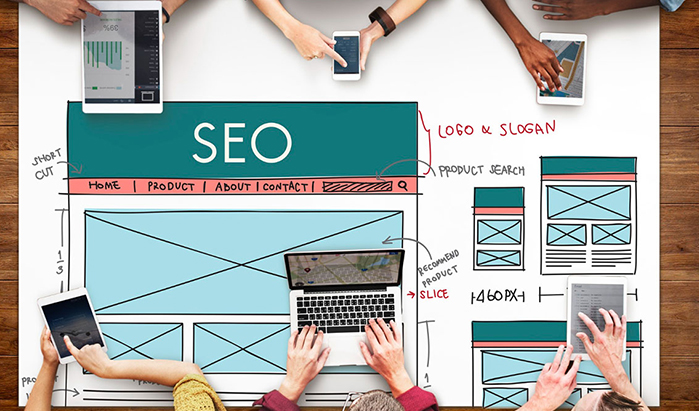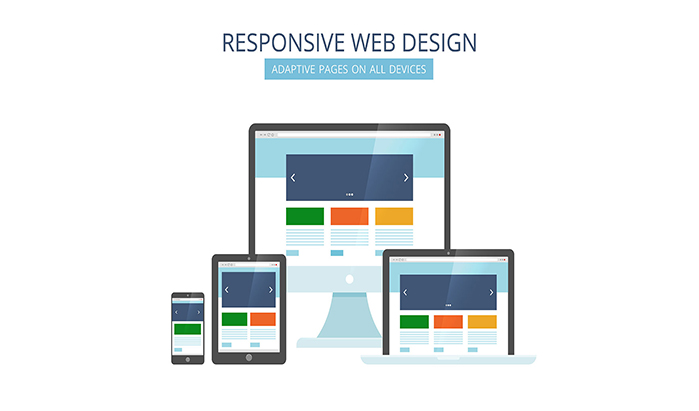Home / Blogs / How to Combine SEO and Web Design to Create More Effective Pages
How to Combine SEO and Web Design to Create More Effective Pages
 SEO
SEO
Introduction
Discover the essentials of combining SEO and web design in our latest blog. Learn tips for merging aesthetics and functionality to enhance online visibility. Create web pages that engage users and rank higher on search engines. Simplify the process of integrating SEO and web design for a more effective online presence. Let's dive into the key strategies of this powerful combination!
What is SEO web design?
SEO web design is a comprehensive approach to website building that prioritises aesthetic appeal as well as search engine visibility. It extends beyond the surface, including aspects that appeal to search engine algorithms while still providing a smooth and entertaining user experience. In essence, it is about building a digital place that is both visually appealing and easily discoverable by search engines.
Why combine SEO and web design?
SEO and web design have a symbiotic relationship that is similar to a well-choreographed dance. While SEO is concerned with driving organic traffic and optimising content for search engines, web design is concerned with creating a visually appealing and user-friendly interface. The combination of these two disciplines is important for several reasons.
- Enhanced User Experience: A well-designed website not only attracts visitors but also keeps them engaged. User experience is a key factor considered by search engines in ranking algorithms.
- Reduced Bounce Rates: A visually pleasing and well-structured website tends to have lower bounce rates. When users find what they're looking for easily, they're more likely to stay and explore.
- Mobile-Friendliness: With the increasing use of mobile devices, search engines give preference to mobile-friendly websites. A responsive design not only benefits users but also aligns with SEO best practices. Hence, it is important to have a mobile-friendly website.
- Faster Loading Pages: Page speed is an important consideration for both user delight and search engine rankings. A fast-loading website not only pleases visitors but also gets a nod from search engines.
SEO web design: how to build a website that ranks?
- Keyword Research: Integrate relevant keywords seamlessly into your website's content and meta tags. This helps search engines understand the context of your pages and improves their visibility in search results.
- Optimised URL Structure: Craft clean and descriptive URLs that give both users and search engines a clear idea of the page's content. Avoid long and convoluted URLs that can be confusing.
- High-Quality Content: Create informative, engaging, and shareable content that keeps visitors on your site longer and encourages backlinks.
- Responsive Design: Check that your website is optimised for different devices and screen sizes. Google favours mobile-friendly websites, and a responsive design is an important component of SEO web design.
- Effective Use of Images: Image optimisation and informative alt text are recommended. When indexing information, search engines assess image relevancy and alt text.
What web design mistakes affect SEO the most?
- Lack of Mobile Optimization: Integrate relevant keywords seamlessly into your website's content and meta tags. This helps search engines understand the context of your pages and improves their visibility in search results.Given the prevalence of mobile users, failure to optimise for mobile can result in lower search engine rankings.
- Overlooking Page Speed: Slow-loading pages can lead to higher bounce rates and negatively impact search rankings. Optimise images, use browser caching and leverage content delivery networks to enhance page speed.
- Ignoring SEO-Friendly URLs: URLs play a role in search engine rankings. Using dynamic URLs with random strings of characters can be confusing for both users and search engines. Opt for clean and descriptive URLs.
What tools help check whether SEO and web design are properly aligned?
- Google PageSpeed Insights: Analyse your website's performance and get suggestions for improving page speed directly from Google.
- Google Search Console: Monitor your website's performance in search results, identify indexing issues, and receive recommendations for improving your site's visibility.
- Moz SEO Toolbar: A browser extension that provides instant metrics while browsing, helping you assess the SEO performance of any webpage.
Conclusion
In the digital age, the synergy between SEO and web design is not only a trend but a vital strategy for online success. The successful integration of these two factors results in a cohesive online presence that pleases both users and search engines. By following SEO web design principles and avoiding common pitfalls, you can create visually appealing websites and ensure they rank highly in search engines, driving organic traffic and promoting online success.
To help you do this, at Verve Media, a digital marketing company in Mumbai, we offer website development services along with a team of experienced professionals in SEO who make sure that your website is at its best and driving traffic.
Related: How Do Web Design and SEO Impact Your Search Ranking?





